San Sebastian cheesecake: just the name conjures images of creamy, caramelized perfection, doesn’t it? Forget fussy techniques and perfectly smooth surfaces; this Basque beauty is all about embracing imperfection and delivering an unforgettable flavor experience. I’m thrilled to share my take on this iconic dessert, a recipe that’s surprisingly simple yet yields a truly spectacular result.
Originating from La Viña restaurant in San Sebastian, Spain, this cheesecake is a testament to the idea that sometimes, less is more. Unlike its New York counterpart, the San Sebastian cheesecake boasts a rustic, almost burnt exterior, a deliberate characteristic that contributes to its unique taste. The high-heat baking process creates a deeply caramelized crust that contrasts beautifully with the unbelievably creamy, almost molten interior.
What makes this cheesecake so universally loved? It’s the delightful textural contrast, the rich, decadent flavor, and the sheer ease of preparation. There’s no water bath required, no intricate decorating, just a handful of ingredients and a hot oven. The result is a dessert that’s both elegant and approachable, perfect for impressing guests or simply indulging in a well-deserved treat. Get ready to experience cheesecake like never before!
Ingredients:
- 900g (32 oz) Cream Cheese, full-fat, softened to room temperature
- 300g (1 ½ cups) Granulated Sugar
- 5 Large Eggs, room temperature
- 480ml (2 cups) Heavy Cream
- 2 Tablespoons All-Purpose Flour
- 1 teaspoon Vanilla Extract
- Pinch of Salt
Preparing the Cheesecake Batter:
- Cream the Cream Cheese and Sugar: In a large mixing bowl, or the bowl of your stand mixer fitted with the paddle attachment, combine the softened cream cheese and granulated sugar. Beat on medium speed until the mixture is completely smooth, creamy, and free of any lumps. This is a crucial step, so take your time and scrape down the sides of the bowl frequently to ensure everything is evenly incorporated. Over-mixing at this stage can introduce too much air, which can cause the cheesecake to puff up excessively and then collapse. We want a dense, creamy texture, so aim for a smooth and consistent mixture.
- Incorporate the Eggs: Add the eggs one at a time, beating well after each addition. Make sure each egg is fully incorporated before adding the next. Again, avoid over-mixing. Just beat until the egg is blended into the cream cheese mixture. If you add all the eggs at once, it can be harder to achieve a smooth batter.
- Add the Heavy Cream: Gradually pour in the heavy cream, mixing on low speed until just combined. Be careful not to over-mix at this stage, as over-mixing can lead to a less tender cheesecake. The cream will thin out the batter, making it pourable.
- Incorporate the Flour and Vanilla: Sift the all-purpose flour into the batter. This helps prevent lumps and ensures it’s evenly distributed. Add the vanilla extract and a pinch of salt. Mix on low speed until just combined. The flour helps to give the cheesecake some structure, but we don’t want to add too much, as it can make the cheesecake tough. The vanilla extract enhances the flavor, and the salt balances the sweetness.
Preparing the Pan:
- Preheat the Oven: Preheat your oven to 400°F (200°C). It’s important to have the oven fully preheated before you put the cheesecake in, as the high heat is essential for achieving the characteristic burnt top.
- Line the Springform Pan: This is a critical step for San Sebastian cheesecake. You’ll need a 9-inch springform pan. Tear off two large sheets of parchment paper, significantly larger than the pan. Crumple each sheet into a ball, then smooth them out. This makes the parchment paper more pliable and easier to mold into the pan. Layer the parchment paper sheets into the springform pan, overlapping them to cover the entire bottom and sides. The parchment paper should extend several inches above the rim of the pan. Don’t worry about making it perfectly smooth; the wrinkles and creases are part of the charm of a San Sebastian cheesecake. The goal is to create a barrier that prevents the cheesecake from sticking to the pan and allows it to rise freely.
Baking the Cheesecake:
- Pour the Batter into the Pan: Carefully pour the cheesecake batter into the prepared springform pan. The batter should come almost to the top of the pan.
- Bake the Cheesecake: Place the springform pan on a baking sheet and transfer it to the preheated oven. Bake for 50-60 minutes, or until the top of the cheesecake is deeply browned and almost burnt-looking. The center should still be quite jiggly. Don’t be afraid of the dark color; that’s what gives San Sebastian cheesecake its unique flavor. The internal temperature should reach around 150-160°F (65-70°C).
- Cool the Cheesecake: Turn off the oven and crack the oven door slightly. Let the cheesecake cool in the oven for about an hour. This gradual cooling helps prevent the cheesecake from cracking. After an hour, remove the cheesecake from the oven and let it cool completely at room temperature.
Chilling and Serving:
- Chill the Cheesecake: Once the cheesecake has cooled to room temperature, cover it loosely with plastic wrap and refrigerate it for at least 4 hours, or preferably overnight. This chilling time allows the cheesecake to set properly and develop its signature creamy texture.
- Unmold and Serve: When you’re ready to serve, carefully remove the cheesecake from the springform pan. The parchment paper should make this easy. Gently peel away the parchment paper.
- Slice and Enjoy: Slice the cheesecake into wedges and serve. San Sebastian cheesecake is best served slightly chilled, but not ice-cold. The slightly warm center will ooze out when you cut into it, creating a delightful contrast in textures. You can serve it plain or with a dusting of powdered sugar, fresh berries, or a drizzle of caramel sauce.
Tips for Success:
- Use Full-Fat Cream Cheese: This is essential for achieving the rich, creamy texture that San Sebastian cheesecake is known for. Low-fat or fat-free cream cheese will not work as well.
- Soften the Cream Cheese: Make sure the cream cheese is completely softened to room temperature before you start mixing. This will help prevent lumps in the batter.
- Don’t Over-Mix: Over-mixing can introduce too much air into the batter, which can cause the cheesecake to puff up excessively and then collapse. Mix only until the ingredients are just combined.
- Embrace the Burnt Top: The dark, almost burnt top is what gives San Sebastian cheesecake its unique flavor. Don’t be afraid to let it get dark!
- Don’t Overbake: The center of the cheesecake should still be quite jiggly when you take it out of the oven. It will continue to set as it cools.
- Chill Thoroughly: Chilling the cheesecake for at least 4 hours, or preferably overnight, is essential for achieving the proper texture.
- Parchment Paper is Key: Don’t skip the step of crumpling the parchment paper. It makes it much easier to mold into the pan.
- Adjust Baking Time: Ovens vary, so you may need to adjust the baking time slightly. Keep an eye on the cheesecake and bake until the top is deeply browned and the center is still jiggly.
Variations:
- Chocolate San Sebastian Cheesecake: Add 2-3 tablespoons of cocoa powder to the batter along with the flour.
- Espresso San Sebastian Cheesecake: Add 1-2 teaspoons of instant espresso powder to the batter along with the flour.
- Lemon San Sebastian Cheesecake: Add the zest of one lemon to the batter.
- Salted Caramel San Sebastian Cheesecake: Drizzle salted caramel sauce over the top of the cheesecake before serving.
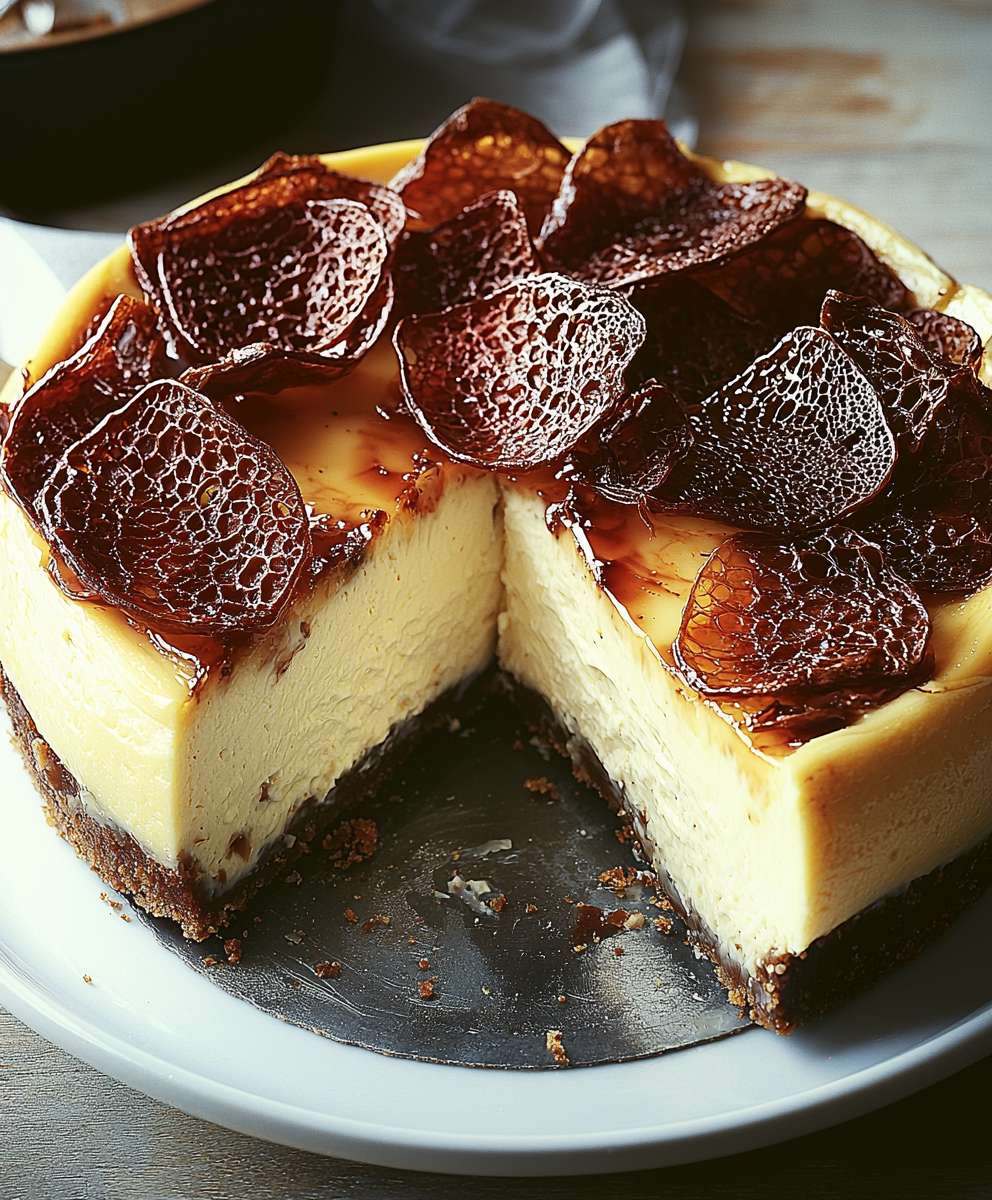
Conclusion:
And there you have it! This isn’t just any dessert; it’s an experience. This San Sebastian cheesecake recipe is a must-try because it delivers an unparalleled creamy texture and deeply caramelized flavor that will have everyone begging for more. Forget fussy techniques and complicated steps this recipe is surprisingly simple, making it perfect for both seasoned bakers and kitchen novices alike. The beauty of this cheesecake lies in its imperfections; the slightly burnt top is not a mistake, but a hallmark of its unique character and irresistible taste. But why is this cheesecake so special? It’s the combination of high heat and minimal ingredients that creates a symphony of flavors and textures. The high temperature ensures a beautifully browned exterior, while the simple ingredients allow the rich, creamy flavor of the cheese to truly shine. It’s a dessert that’s both elegant and rustic, sophisticated and comforting a true crowd-pleaser for any occasion. Serving Suggestions and Variations: While this San Sebastian cheesecake is divine on its own, there are plenty of ways to elevate the experience. For a classic pairing, serve it with a dollop of lightly sweetened whipped cream and a scattering of fresh berries. The tartness of the berries cuts through the richness of the cheesecake, creating a perfect balance of flavors. If you’re feeling adventurous, try drizzling it with a homemade salted caramel sauce or a rich chocolate ganache. The salty-sweet combination is simply irresistible. Another option is to dust the top with a light coating of cocoa powder or cinnamon for a touch of warmth and spice. For a truly decadent treat, consider serving it with a scoop of vanilla bean ice cream or a side of macerated cherries. The possibilities are endless! And don’t be afraid to experiment with different flavor variations. Try adding a hint of citrus zest, such as lemon or orange, to the batter for a bright and refreshing twist. Or, incorporate a touch of vanilla extract or almond extract for a more complex flavor profile. You could even swirl in some melted chocolate or a fruit puree for a truly unique creation. Why You Should Try This Recipe: I know there are countless dessert recipes out there, but trust me when I say that this San Sebastian cheesecake is truly special. It’s the kind of dessert that will impress your friends and family, and leave them wanting more. It’s also incredibly easy to make, so you don’t have to spend hours in the kitchen to create a show-stopping dessert. The slightly burnt top and the wobbly center are not flaws, but rather defining characteristics of this unique cheesecake. It’s a dessert that embraces imperfection and celebrates the beauty of simplicity. So, what are you waiting for? Gather your ingredients, preheat your oven, and get ready to bake the most delicious cheesecake you’ve ever tasted. I promise you won’t be disappointed. This San Sebastian cheesecake is a guaranteed hit! I’m so excited for you to try this recipe and experience the magic of this incredible dessert. Once you’ve made it, I’d love to hear about your experience. Share your photos and comments on social media using [Your Hashtag Here] I can’t wait to see your creations! Let me know what variations you tried and how they turned out. Happy baking! Print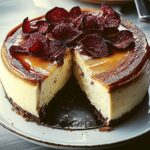
San Sebastian Cheesecake: The Ultimate Guide to Baking Perfection
- Total Time: 305 minutes
- Yield: 8–10 servings 1x
Description
A simple yet decadent San Sebastian cheesecake with a deeply caramelized top and a creamy, almost molten center. This crustless cheesecake is surprisingly easy to make and delivers an unforgettable flavor.
Ingredients
- 900g (32 oz) Cream Cheese, full-fat, softened to room temperature
- 300g (1 ½ cups) Granulated Sugar
- 5 Large Eggs, room temperature
- 480ml (2 cups) Heavy Cream
- 2 Tablespoons All-Purpose Flour
- 1 teaspoon Vanilla Extract
- Pinch of Salt
Instructions
- Cream the Cream Cheese and Sugar: In a large mixing bowl, or the bowl of your stand mixer fitted with the paddle attachment, combine the softened cream cheese and granulated sugar. Beat on medium speed until the mixture is completely smooth, creamy, and free of any lumps. Scrape down the sides of the bowl frequently.
- Incorporate the Eggs: Add the eggs one at a time, beating well after each addition. Make sure each egg is fully incorporated before adding the next.
- Add the Heavy Cream: Gradually pour in the heavy cream, mixing on low speed until just combined. Be careful not to over-mix.
- Incorporate the Flour and Vanilla: Sift the all-purpose flour into the batter. Add the vanilla extract and a pinch of salt. Mix on low speed until just combined.
- Preheat the Oven: Preheat your oven to 400°F (200°C).
- Line the Springform Pan: Tear off two large sheets of parchment paper, significantly larger than the pan. Crumple each sheet into a ball, then smooth them out. Layer the parchment paper sheets into a 9-inch springform pan, overlapping them to cover the entire bottom and sides. The parchment paper should extend several inches above the rim of the pan.
- Pour the Batter into the Pan: Carefully pour the cheesecake batter into the prepared springform pan. The batter should come almost to the top of the pan.
- Bake the Cheesecake: Place the springform pan on a baking sheet and transfer it to the preheated oven. Bake for 50-60 minutes, or until the top of the cheesecake is deeply browned and almost burnt-looking. The center should still be quite jiggly. The internal temperature should reach around 150-160°F (65-70°C).
- Cool the Cheesecake: Turn off the oven and crack the oven door slightly. Let the cheesecake cool in the oven for about an hour. After an hour, remove the cheesecake from the oven and let it cool completely at room temperature.
- Chill the Cheesecake: Once the cheesecake has cooled to room temperature, cover it loosely with plastic wrap and refrigerate it for at least 4 hours, or preferably overnight.
- Unmold and Serve: When you’re ready to serve, carefully remove the cheesecake from the springform pan. Gently peel away the parchment paper.
- Slice and Enjoy: Slice the cheesecake into wedges and serve. San Sebastian cheesecake is best served slightly chilled, but not ice-cold. You can serve it plain or with a dusting of powdered sugar, fresh berries, or a drizzle of caramel sauce.
Notes
- Use full-fat cream cheese for the best texture.
- Soften the cream cheese completely to avoid lumps.
- Don’t over-mix the batter.
- Embrace the burnt top it’s key to the flavor!
- Don’t overbake; the center should be jiggly.
- Chill thoroughly for the proper texture.
- Crumple the parchment paper for easier molding.
- Adjust baking time as needed based on your oven.
- Prep Time: 15 minutes
- Cook Time: 50 minutes

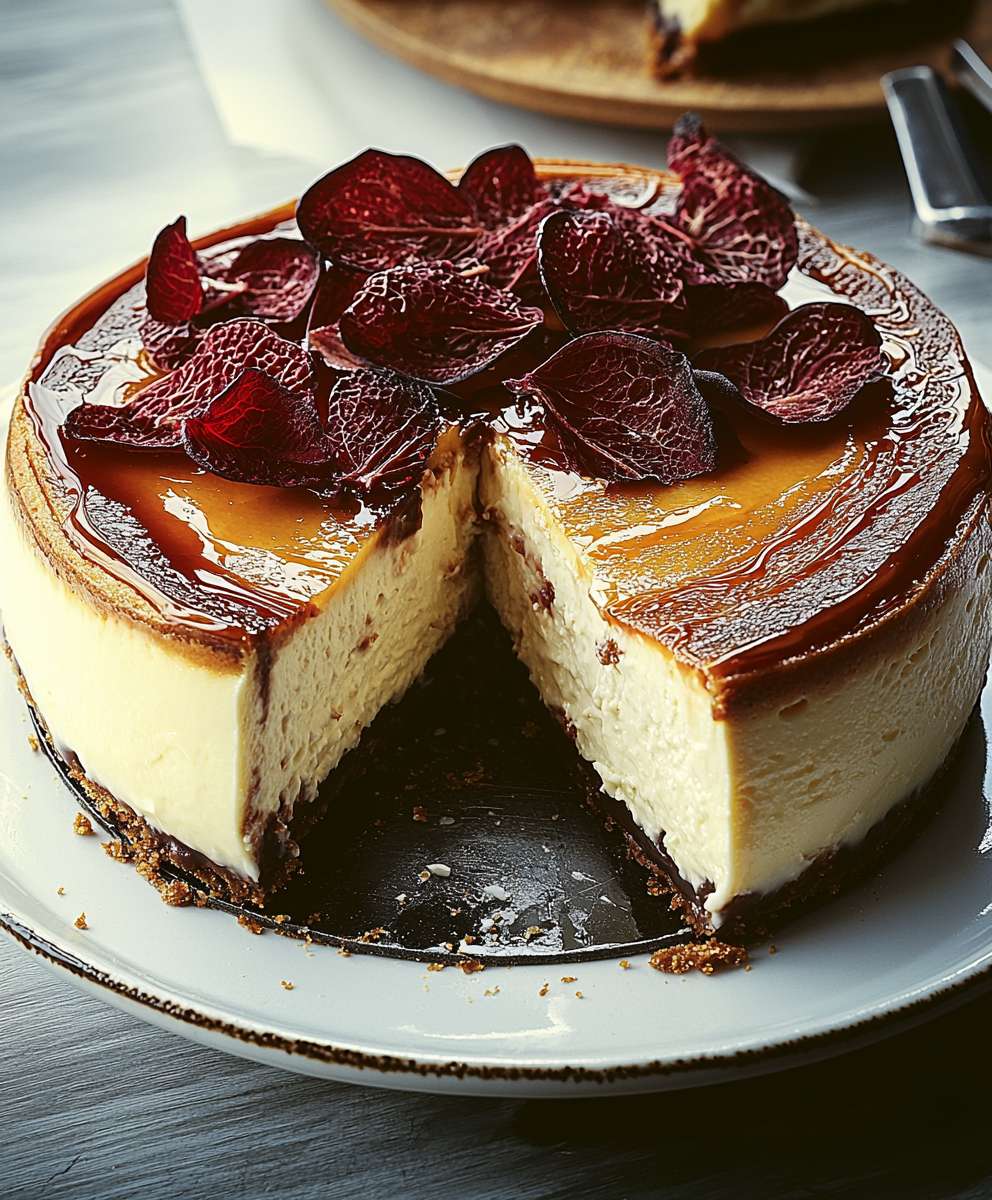
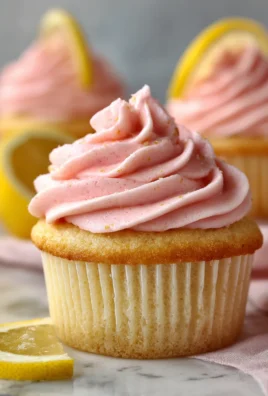
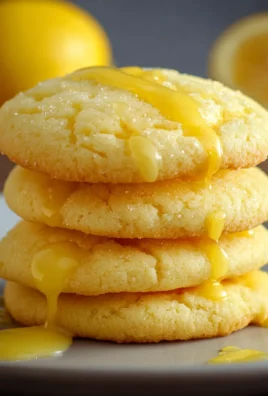
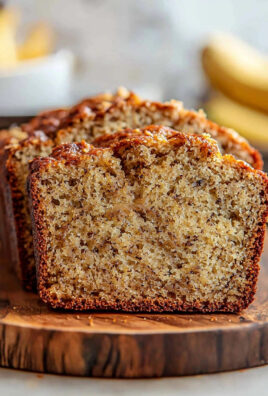
Leave a Comment